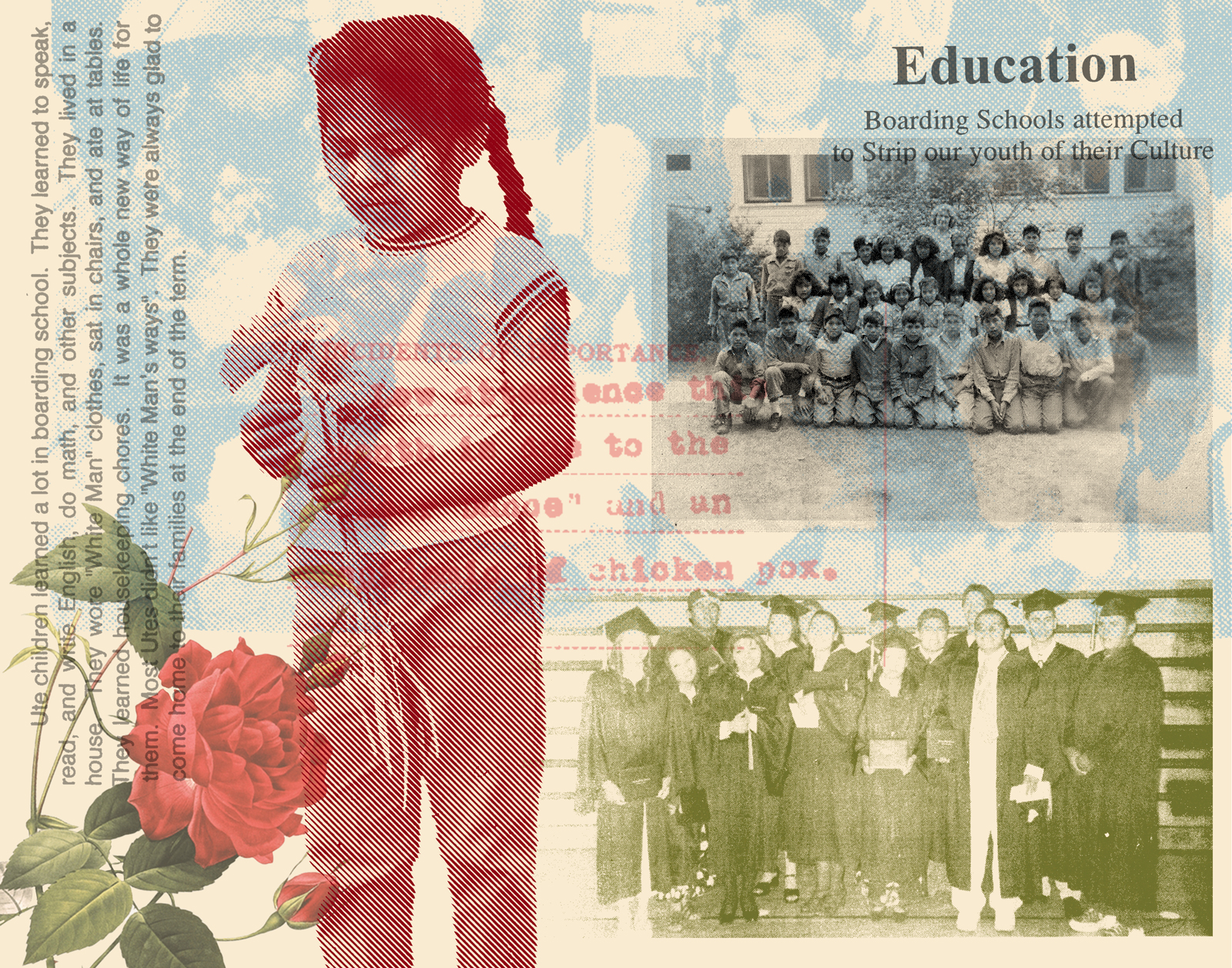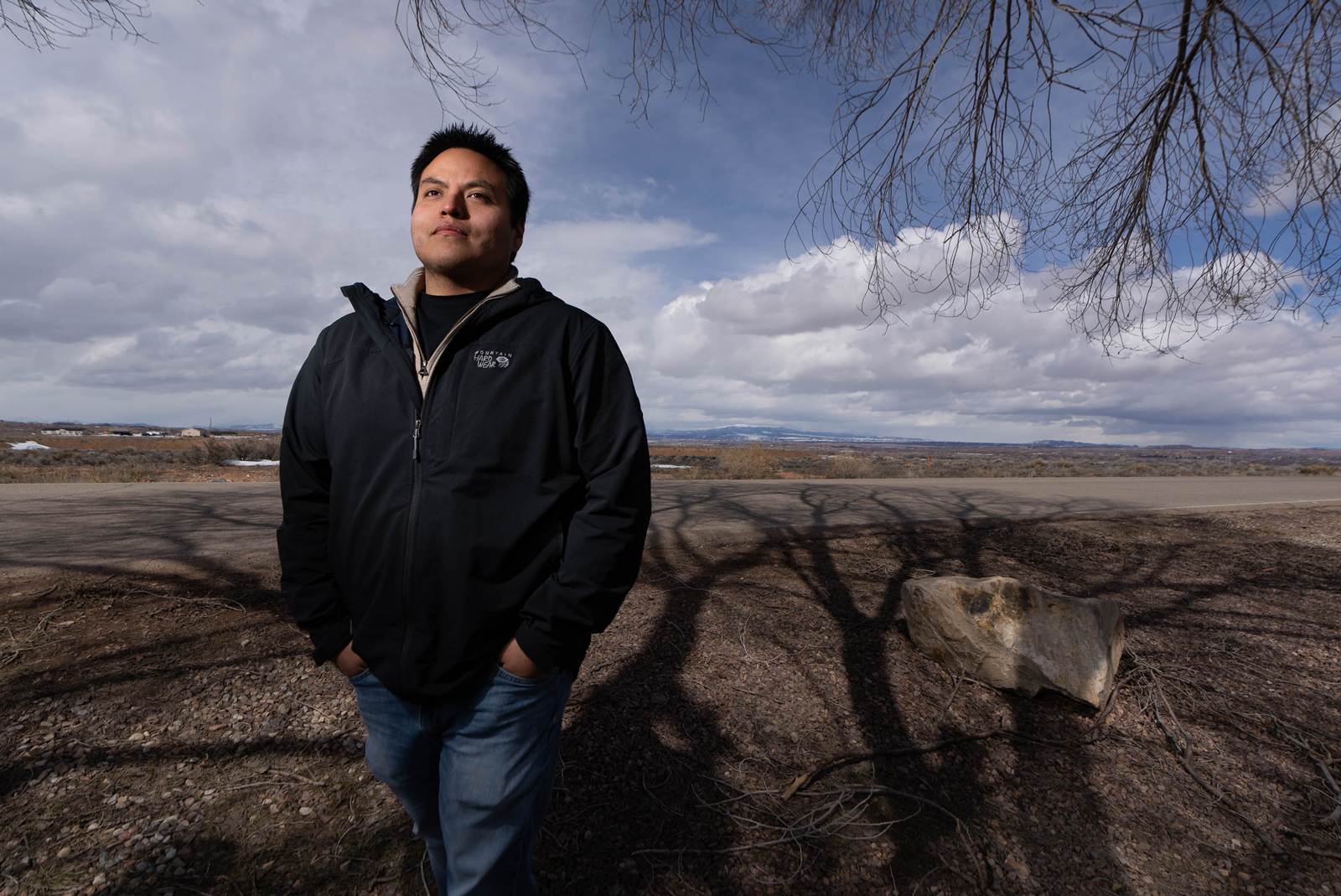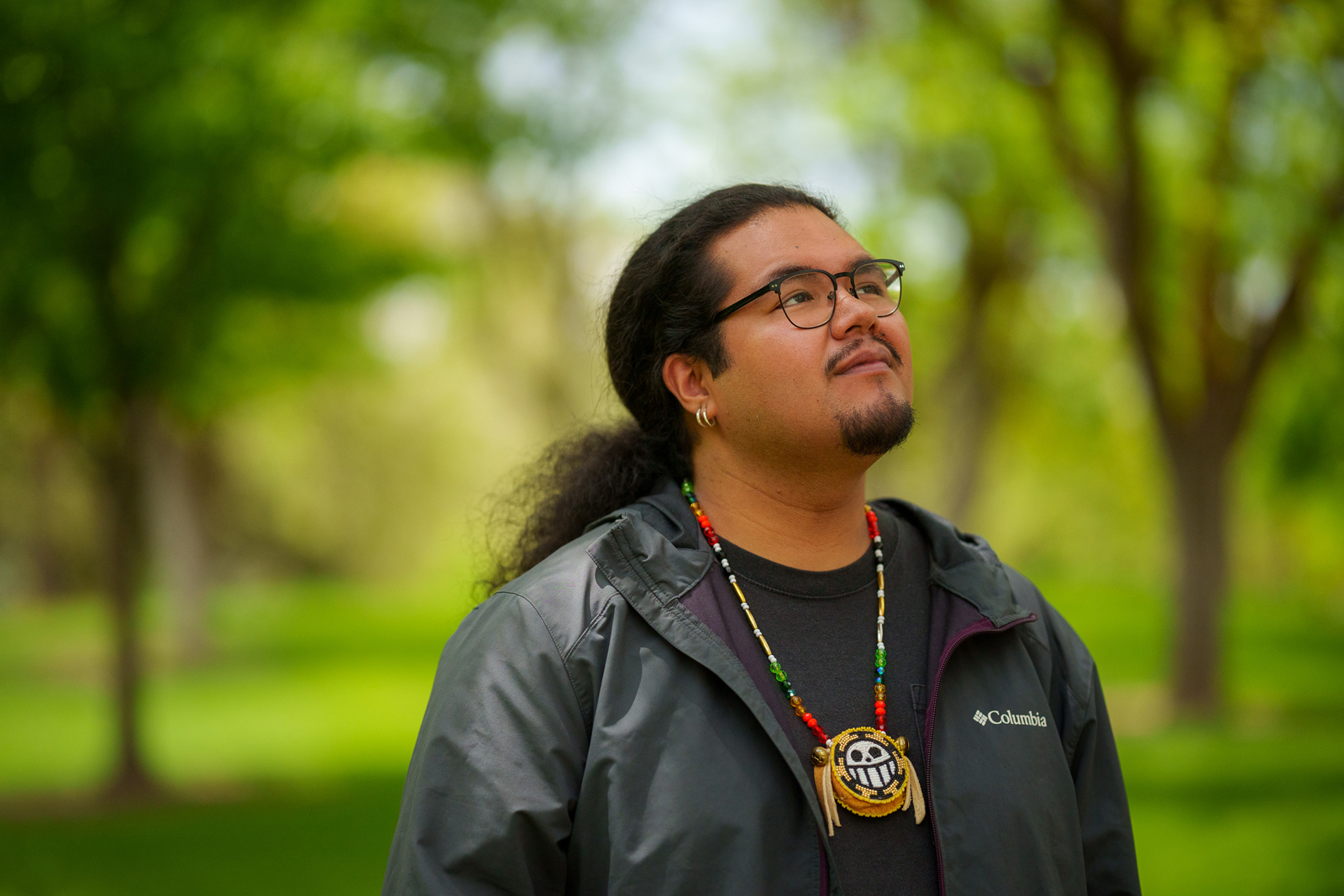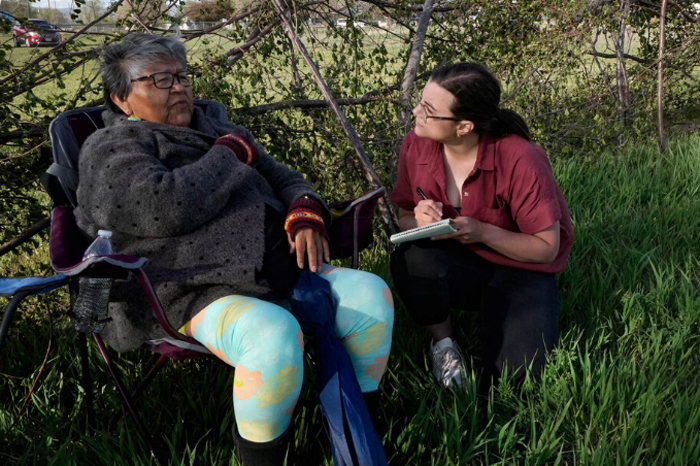
“There was never really a commitment to educate our kids.”


“The lack of a push in education fundamentals would haunt me, especially with grammar and spelling,” writes Joseph DuShane-Navanick, a member of the Ute Indian Tribe. “... I had to substitute words that I wanted to say for words I could spell.”
He began his higher education at Salt Lake Community College and is planning to attend the University of Utah next year.

“Shortly after applying [to the University of Utah], I was denied admission. Feeling defeated, I relied on my cultural teachings that my family has instilled. During this time, my father gave me strength with the words, “If you really want this opportunity, offer a word of prayer. That’s what we do when we face barriers.”
Ungatavinekent-Duncan is now the advisor for the Inter-Tribal Student Association and engagement person for Native American folks with the Center for Equity and Student Belonging at the U.

The two boarding schools on the Ute Indian Tribe’s reservation failed to effectively educate Ute students — and that legacy echoes in public schools today. Reporter Courtney Tanner has spent the past year investigating disparities in the public school districts in the Uinta Basin. The conclusion: Ute kids singularly fall behind in every metric and have for decades.
“There was never really a commitment to educate our kids,” said Forrest Cuch, a former education leader for the tribe. “Otherwise, we wouldn’t be seeing this pattern for so long.”
During her reporting, Courtney Tanner compiled this eight-page Google spreadsheet comparing test scores, grade point average, graduation rates and other metrics. Explore it here.
This spreadsheet contains 100 selected articles from newspapers in the Uinta Basin, in Salt Lake City and elsewhere in the state about the two reservation boarding schools and efforts to educate Ute children in public schools. They date back to the 1890s, and some contain racist language. Early positive stories about the schools were at times in sharp contrast to the more transparent reports Indian agents filed to their superiors.
This spreadsheet includes links to more than 150 photographs of members of the Ute Indian Tribe, from the early 1900s at the reservation boarding schools in Whiterocks and Randlett to Bear Dances through the decades to students today.
Research and reports gave a century of warnings that Ute students were being denied an effective education, a legacy of the reservation boarding schools that has persisted. One researcher concluded: “The one consistent trend in the 20th-century Ute education is the children’s failure to receive an education.”
Learn more about studies, find books for further reading and more in this list.
